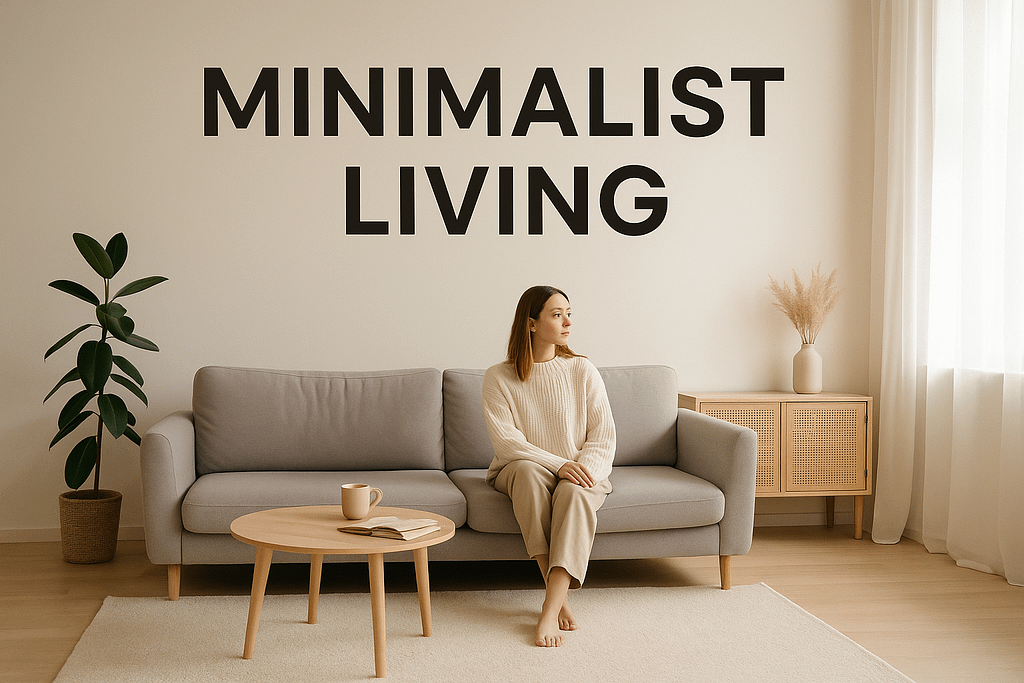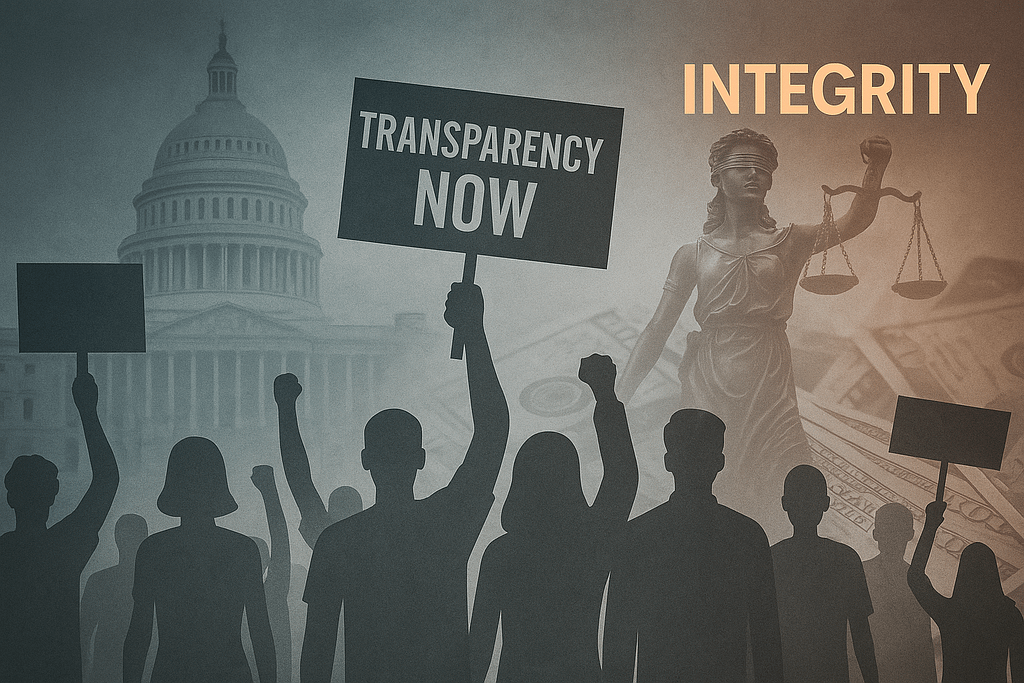In recent years, minimalist living has shifted from being a niche concept to a global lifestyle movement. In 2025, the philosophy of “less is more” is gaining momentum as more people seek simplicity, mental clarity, and financial freedom. Instead of chasing material possessions, many are choosing to focus on experiences, relationships, and personal growth.
Why Minimalism Is Growing in 2025
The world is facing increasing economic uncertainty, rising living costs, and an overwhelming digital lifestyle. Minimalism offers a solution: it helps individuals cut unnecessary expenses, reduce clutter, and regain control over their lives. This shift is not only about design or interior spaces but also about how people prioritize time, energy, and resources.
Benefits of a Minimalist Lifestyle
- Financial Freedom – Spending less on unnecessary items allows more savings for travel, education, or investments.
- Mental Clarity – Decluttering homes and workspaces creates calm environments that reduce stress and increase focus.
- Environmental Impact – Owning fewer items leads to less waste and encourages sustainable choices.
- Stronger Connections – With less emphasis on consumerism, people are investing more in meaningful relationships.
Minimalism in Daily Life
Minimalist living can be applied in many aspects of daily life. From capsule wardrobes and simple diets to decluttered digital spaces and mindful spending, the trend encourages people to live intentionally. Social media platforms like TikTok and Instagram are amplifying the trend, showcasing influencers who promote simple living as the new definition of luxury.
A Lifestyle for the Future
As the global population becomes more conscious of sustainability and mental health, minimalism is expected to remain a dominant lifestyle trend. By focusing on what truly matters, individuals can find balance in an increasingly complex world.
In 2025, minimalism is not just a trend—it’s a revolution in how we live, work, and think.


